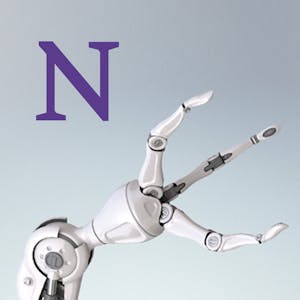Learn to Teach Java: Sequences, Primitive Types and Using Objects
About this Course
Get started with the basics of Java, and prepare to teach others using the free, online interactive CS Awesome textbook. In this course for teachers we\'ll guide you both in learning Java concepts and skills but also in how to effectively teach those to your students. This course will support you in teaching the Advanced Placement Computer Science A course or a similar introductory university-level programming course. We\'ll begin with simple instruction sequences, primitive types, and using objects, as covered in the APCS A Units 1 and 2. Each topic will begin by relating Java to block-based programming languages and then provide video overviews of CS Awesome content along with additional materials to supplement learning for your students. You\'ll engage with additional materials to support your teaching including \"deep dive\" classroom discussion questions and assessment overviews and options for your students.Created by: University of California San Diego

Related Online Courses
Do you want to know how robots work? Are you interested in robotics as a career? Are you willing to invest the effort to learn fundamental mathematical modeling techniques that are used in all... more
In this 1.5 hours long project, you will learn the fundamentals of developing Powerapps applications with Microsoft Copilot. You will set a developer environment, create and edit the data structure... more
Dalam kursus tingkat pemula ini, Anda akan mempelajari alur kerja Analisis Data di Google Cloud dan alat yang dapat Anda gunakan untuk mengeksplorasi, menganalisis, dan memvisualisasikan data,... more
Discover the principles of solid scientific methods in the behavioral and social sciences. Join us and learn to separate sloppy science from solid research! This course will cover the fundamental... more
The Cloud Migration Factory on AWS solution uses a serverless architecture to coordinate and automate your organization\'s medium-scale to large-scale migrations to the Amazon Web Services (AWS)... more







